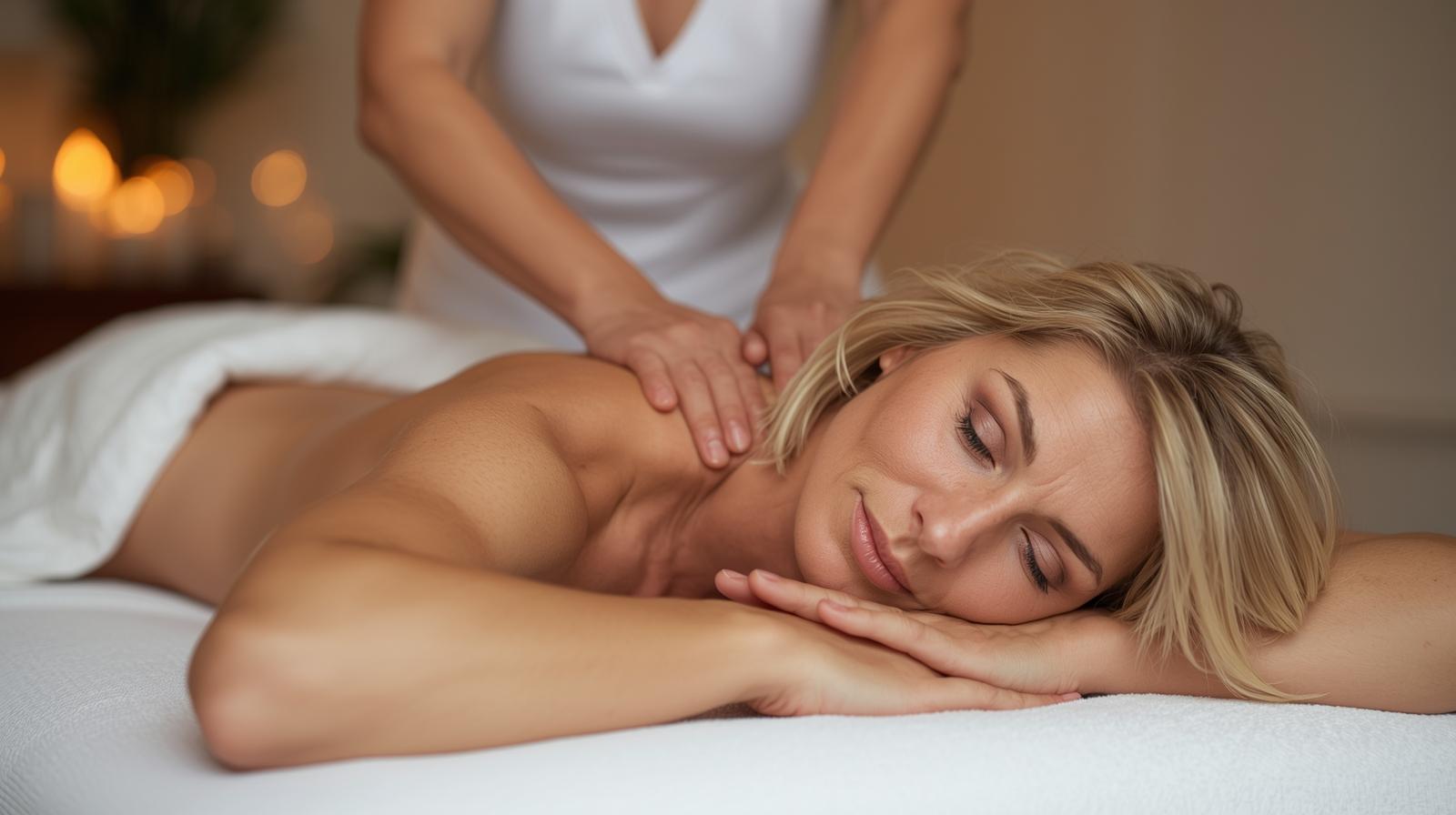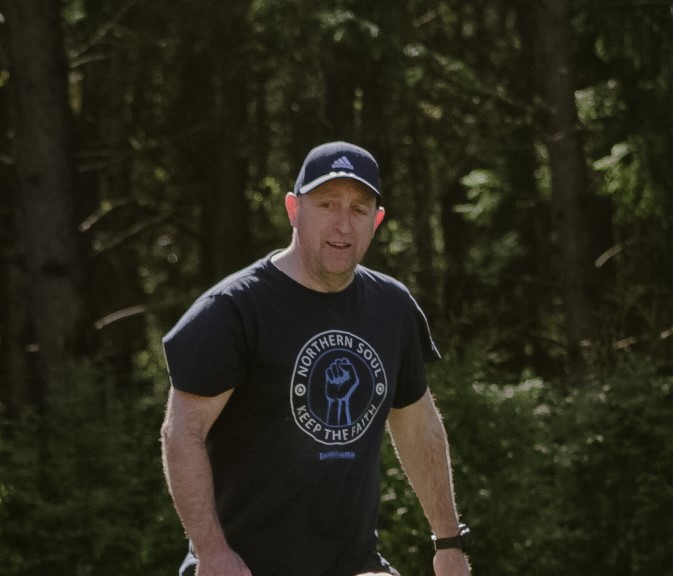The Importance of Rest and Recovery for the Over 50s: Strategies for Lifelong Vitality
Introduction
Aging is a natural process that brings wisdom, experience, and perspective. However, it also brings physiological changes that affect how the body responds to stress, exercise, and recovery. For individuals over 50, rest and recovery are not luxuries but essential components of maintaining health, vitality, and independence. While younger bodies may bounce back quickly from physical exertion or lack of sleep, older adults require more intentional strategies to ensure proper recovery. This blog explores why rest and recovery are crucial for those over 50 and provides practical strategies to optimize well-being.
Why Rest and Recovery Matter More After 50
1. Slower Cellular Repair
As the body ages, cellular regeneration slows down. Muscle fibers take longer to repair after exercise, and tissues are more prone to microtears. Without adequate rest, this can lead to chronic soreness, fatigue, or even injury.
2. Hormonal Changes
Hormones such as growth hormone and testosterone, which play a role in muscle repair and recovery, naturally decline with age. This makes recovery slower and emphasizes the need for deliberate rest strategies.
3. Increased Risk of Injury
Joint cartilage thins, bone density decreases, and tendons lose elasticity over time. Without proper recovery, the risk of overuse injuries, fractures, and chronic pain increases significantly.
4. Immune System Considerations
The immune system weakens with age, making older adults more susceptible to illness. Rest and recovery support immune function, helping the body fight infections and reduce inflammation.
5. Cognitive and Emotional Health
Sleep and downtime are critical for brain health. Poor recovery can lead to memory issues, mood swings, and increased risk of cognitive decline. Rest supports mental clarity, emotional balance, and resilience.
The Role of Sleep in Recovery
Sleep is the cornerstone of recovery at any age, but it becomes even more vital after 50. During deep sleep, the body releases growth hormone, repairs tissues, and consolidates memory. Unfortunately, many older adults struggle with sleep disturbances such as insomnia, sleep apnea, or restless leg syndrome.
Strategies for Better Sleep
- Consistent Sleep Schedule: Going to bed and waking up at the same time daily helps regulate circadian rhythms.
- Sleep Environment: A cool, dark, and quiet room promotes deeper sleep.
- Limit Stimulants: Reducing caffeine and alcohol intake, especially in the evening, improves sleep quality.
- Wind-Down Routine: Gentle stretching, reading, or meditation before bed signals the body to relax.
- Technology Boundaries: Avoiding screens at least an hour before bed reduces blue light exposure that disrupts melatonin production.
Active Recovery: Moving Without Overexertion
Rest does not always mean complete inactivity. Active recovery involves gentle movement that promotes circulation, reduces stiffness, and aids in muscle repair.
Recommended Active Recovery Activities
- Walking: Low-impact and accessible, walking improves circulation and joint mobility.
- Swimming or Water Aerobics: Buoyancy reduces stress on joints while providing resistance for muscle engagement.
- Yoga or Tai Chi: These practices enhance flexibility, balance, and relaxation.
- Cycling on a Stationary Bike: Provides cardiovascular benefits without high impact on joints.
- Stretching and Mobility Work: Keeps muscles supple and reduces the risk of injury.
Nutrition for Recovery
Nutrition plays a critical role in how well the body recovers. For those over 50, dietary choices can either support or hinder recovery.
Key Nutritional Strategies
- Protein Intake: Adequate protein supports muscle repair. Lean meats, fish, legumes, and dairy are excellent sources.
- Anti-Inflammatory Foods: Fruits, vegetables, nuts, seeds, and fatty fish reduce inflammation and promote healing.
- Hydration: Proper hydration supports circulation, joint lubrication, and nutrient transport.
- Micronutrients: Calcium, vitamin D, magnesium, and omega-3 fatty acids are particularly important for bone and muscle health.
- Balanced Meals: Combining protein, healthy fats, and complex carbohydrates ensures sustained energy and recovery.
Mental and Emotional Recovery
Recovery is not only physical but also mental. Stress, anxiety, and emotional strain can hinder physical healing and overall well-being.
Strategies for Mental Recovery
- Mindfulness and Meditation: Reduces stress hormones and promotes relaxation.
- Social Connection: Spending time with friends and family supports emotional health.
- Creative Outlets: Engaging in hobbies such as painting, gardening, or music provides mental stimulation and joy.
- Nature Exposure: Time outdoors reduces stress and improves mood.

The Importance of Scheduled Rest Days
For active individuals over 50, rest days are as important as workout days. Overtraining can lead to fatigue, injury, and burnout. Scheduling rest days allows the body to adapt, repair, and grow stronger.
How to Structure Rest Days
- Listen to the Body: Fatigue, soreness, or irritability are signs that more rest is needed.
- Alternate Intensity: Balance high-intensity workouts with lighter activities or rest.
- Plan Recovery Activities: Use rest days for stretching, massage, or gentle walks.

Recovery Tools and Techniques
Modern recovery tools can enhance the body’s natural healing processes.
Popular Recovery Methods
- Massage Therapy: Relieves muscle tension and improves circulation.
- Foam Rolling: Reduces muscle tightness and improves mobility.
- Heat Therapy: Soothes stiff joints and muscles.
- Cold Therapy: Reduces inflammation and speeds up recovery after intense activity.
- Compression Garments: Improve circulation and reduce muscle soreness.
The Role of Professional Guidance
Healthcare providers, physical therapists, and fitness professionals can provide tailored advice for recovery strategies. Regular check-ups ensure that underlying conditions such as arthritis, osteoporosis, or cardiovascular issues are managed effectively.
Building a Sustainable Recovery Routine
Consistency is key. A sustainable recovery routine should be realistic, enjoyable, and adaptable to changing needs.
Steps to Build a Routine
- Assess Current Habits: Identify gaps in sleep, nutrition, or activity.
- Set Realistic Goals: Focus on gradual improvements rather than drastic changes.
- Track Progress: Journaling sleep patterns, energy levels, and recovery can highlight what works best.
- Stay Flexible: Adjust routines based on health, lifestyle, and personal preferences.
- Celebrate Successes: Recognize improvements in energy, mood, or performance as motivation.
Long-Term Benefits of Prioritizing Rest and Recovery
When rest and recovery are prioritized, the benefits extend far beyond physical health:
- Improved Longevity: Reduced risk of chronic diseases and enhanced quality of life.
- Greater Independence: Stronger muscles, better balance, and fewer injuries support independent living.
- Enhanced Mental Clarity: Better sleep and reduced stress improve cognitive function.
- Emotional Well-Being: Rest supports resilience, positivity, and overall happiness.
- Sustained Activity Levels: Proper recovery allows continued participation in favorite activities and hobbies.
Conclusion
For individuals over 50, rest and recovery are not optional—they are essential pillars of health and vitality. Aging brings unique challenges, but with intentional strategies, it is possible to maintain strength, energy, and independence well into later years. By prioritizing sleep, embracing active recovery, nourishing the body with proper nutrition, and supporting mental well-being, recovery becomes a powerful tool for thriving in the second half of life. Rest is not a sign of weakness; it is the foundation of resilience, longevity, and joy.

